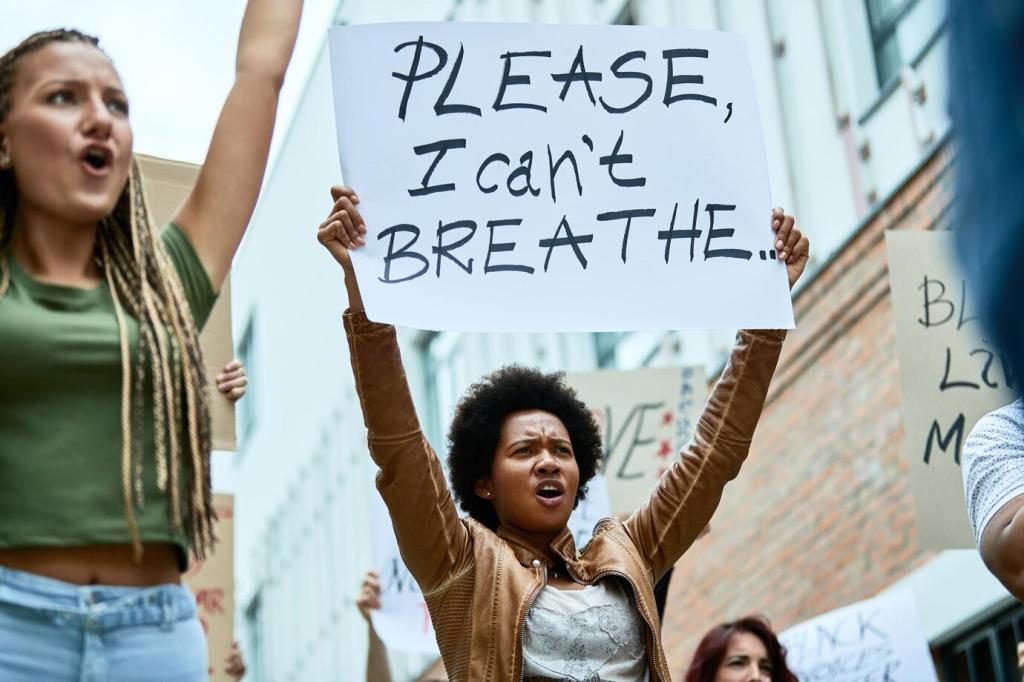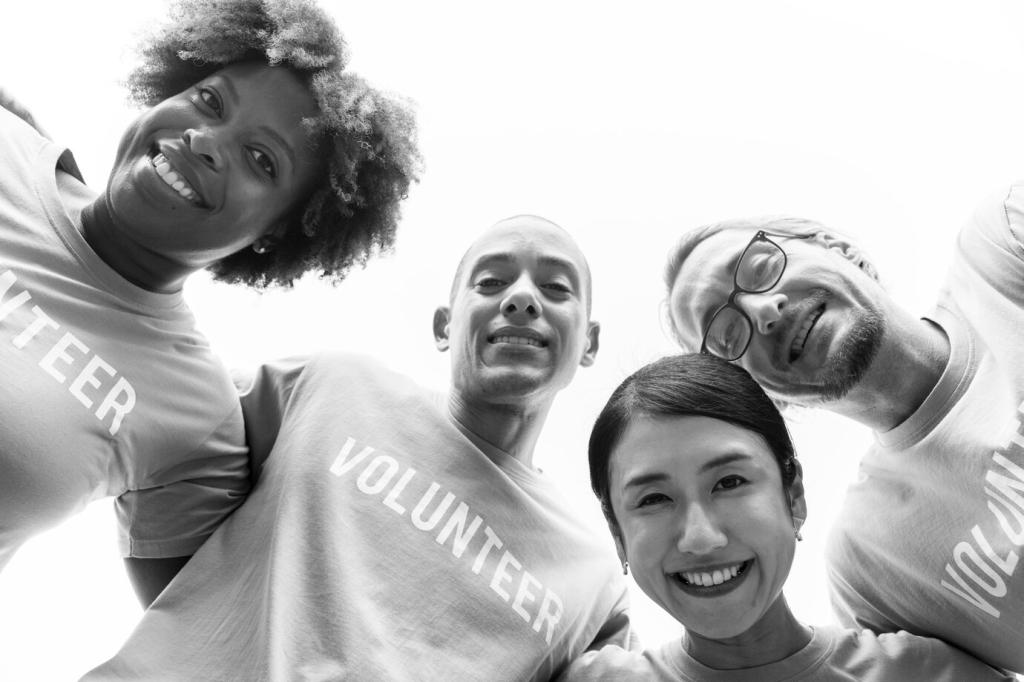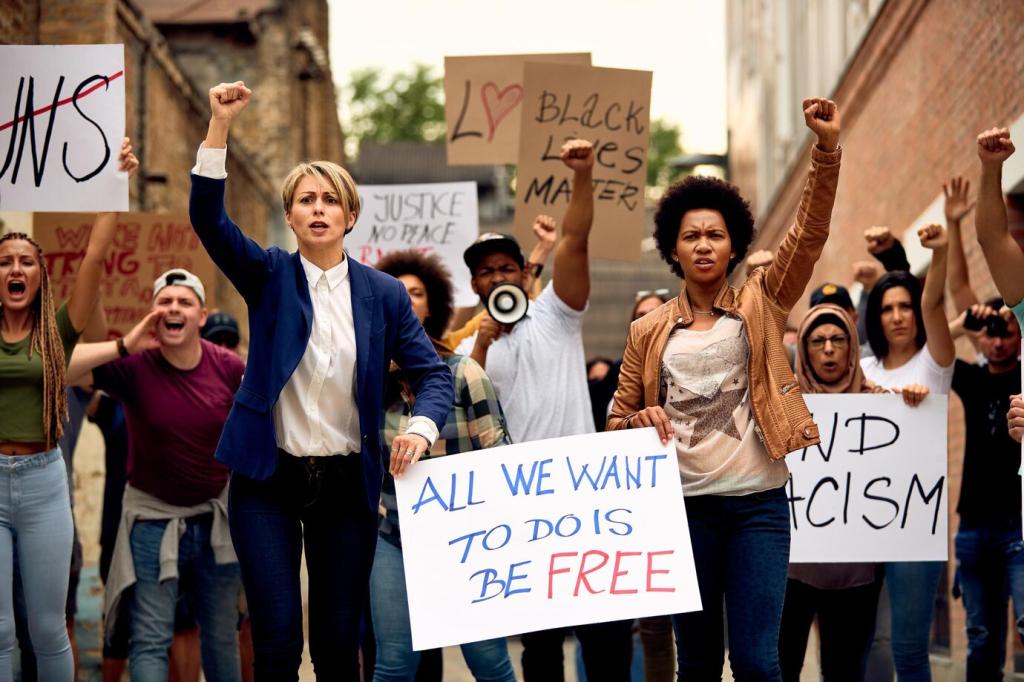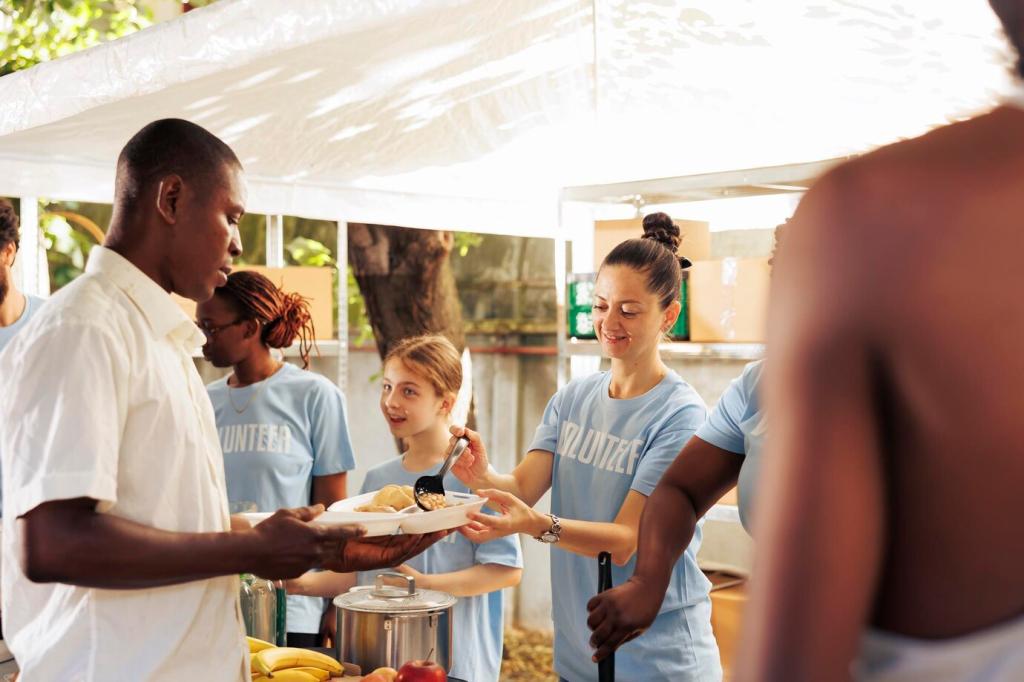
Uniting Forces for Nature: NGOs and Governments in Action
Chosen theme: Partnerships Between NGOs and Government in Environmental Conservation. When public institutions and civil society work hand in hand, policies turn into real progress—cleaner rivers, safer wildlife habitats, and resilient communities. Join us as we celebrate collaboration, share practical insights, and invite you to help shape greener, fairer futures. Subscribe and add your voice to the movement.
When shared goals are clear, roles naturally complement each other. Government agencies can shape regulations and leverage public funding, while NGOs mobilize communities, pilot solutions, and monitor impacts. Tell us what roles you think are most essential where you live.

Real-World Stories of Impact
A small town’s river once ran brown with sediment. The municipality enforced buffer rules while an NGO trained farmers to plant native hedgerows. Fish returned, floods eased, and neighbors led river walks for schools. What waterway near you needs this kind of teamwork?
Real-World Stories of Impact
City planners mapped heat islands, and an NGO rallied residents to plant trees where shade was needed most. Grants funded maintenance, and youth teams watered saplings through summer. Streets cooled, birdsong returned, and pride grew with every season. Ready to champion a block near you?


Designing Effective Agreements
Spell out who decides what, when, and how. Include escalation paths for disputes, scheduled check-ins, and community seats at the table. Clarity prevents drift and supports accountability when personnel change. Which governance structures have worked for your projects?
Community Engagement at the Core
Hold meetings at times and places that work for residents, with childcare, translation, and stipends. Close the loop by showing how feedback changed plans. People support what they build; participation rises when respect is evident. What would make meetings more welcoming where you are?
Combine traditional knowledge with scientific insight to map sacred sites, seasonal patterns, and restoration priorities. Shared stewardship plans anchor commitments and clarify responsibilities. When harvesters, elders, and scientists co-author goals, projects last. Who needs a seat at your planning table right now?
Student crews can survey biodiversity, maintain trails, and tell the story online. Pair mentorship with stipends to build careers in conservation. When young people lead, families follow. How could your school or youth group plug into a partnership this season?

Measuring What Matters
01
Track tree canopy where heat is highest, fish abundance where livelihoods depend on rivers, and flood days where risk is rising. Ask residents which outcomes matter. When measures reflect lived experience, motivation strengthens. Which indicator would motivate your community to act?
02
Drones, satellite imagery, and acoustic sensors reveal trends over time. Pair them with community science to ground truth and interpret results. Technology should illuminate, not overshadow, local wisdom. What low-cost tools could your neighborhood adopt to monitor change together?
03
Publish progress regularly, celebrate small wins, and adjust plans when data demands it. Create spaces to admit setbacks and learn publicly. Adaptive partnerships evolve instead of entrenching. How can your team make learning as visible as success this year?
Cutting Through Red Tape
Map permits early, appoint a liaison, and set realistic timelines. NGOs can prepare documentation; agencies can streamline steps and bundle approvals. Small pilot wins build momentum. What one procedural change would speed your next restoration effort without sacrificing safeguards?
Staying Resilient Through Change
Elections and staffing shifts happen. Protect continuity with multi-year agreements, cross-training, and shared archives. Keep communities informed so trust endures. Resilience is preparation, not luck. How does your partnership safeguard progress when leadership turns over unexpectedly?
Balancing Power and Sharing Credit
Name power imbalances openly, rotate speaking roles, and credit community leaders publicly. Budget for local leadership and compensate expertise. Shared credit nurtures shared responsibility. What practices help you celebrate partners fairly and keep egos from derailing good work?
How You Can Get Involved
Connect with Local Alliances
Seek out NGO–government coalitions in your area, attend a meeting, and introduce yourself. Offer one skill—mapping, outreach, or logistics. Even two hours a month matters. Which local alliance could use your strengths right now?
Bring Data and Stories
Share photos, water clarity notes, bird sightings, or heat observations from your street. Stories persuade decision-makers as much as numbers. Your lived experience is evidence. What everyday observation could help a local partnership target action more precisely?
Join Our Conversation and Shape Future Topics
Comment with questions you want answered, recommend guests to interview, and vote on upcoming themes. Your voice guides what we publish next. Subscribe, invite a friend, and help grow a network that accelerates conservation through collaboration.
